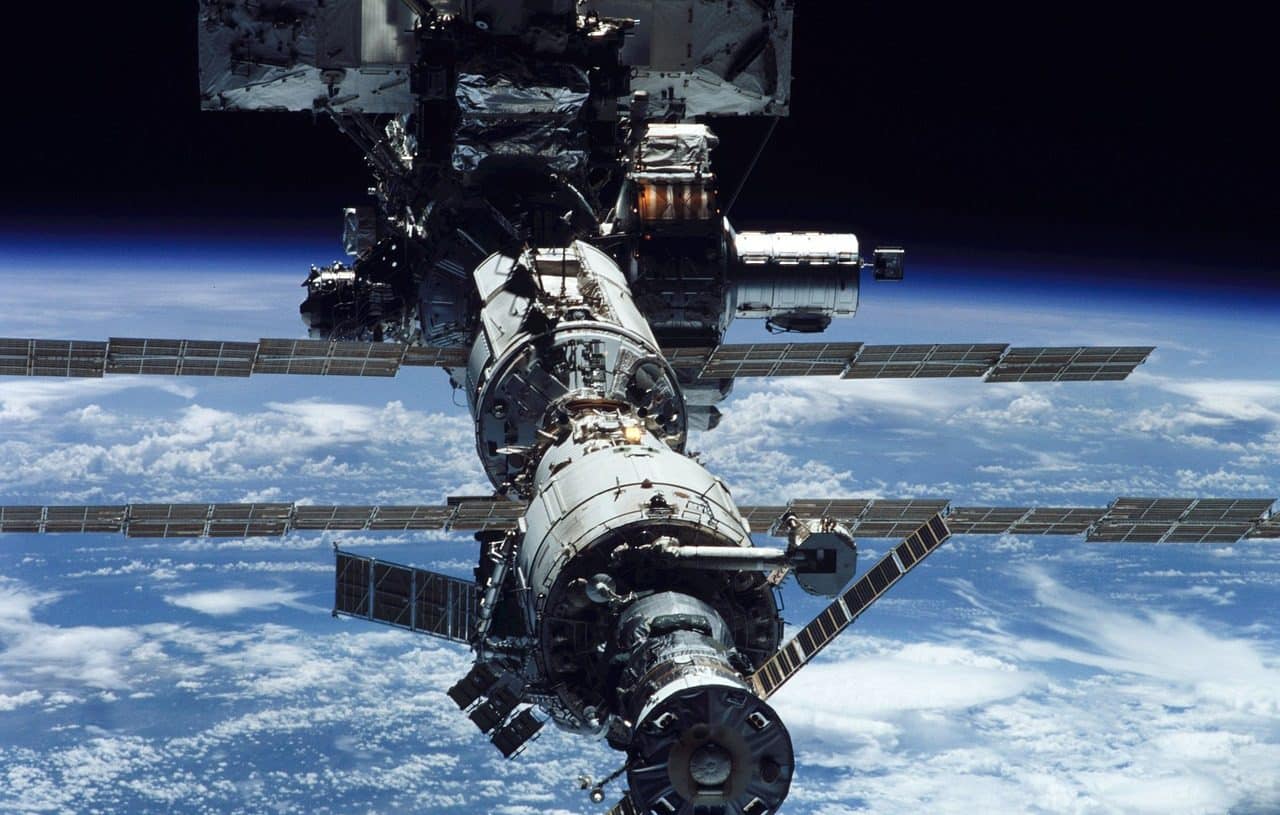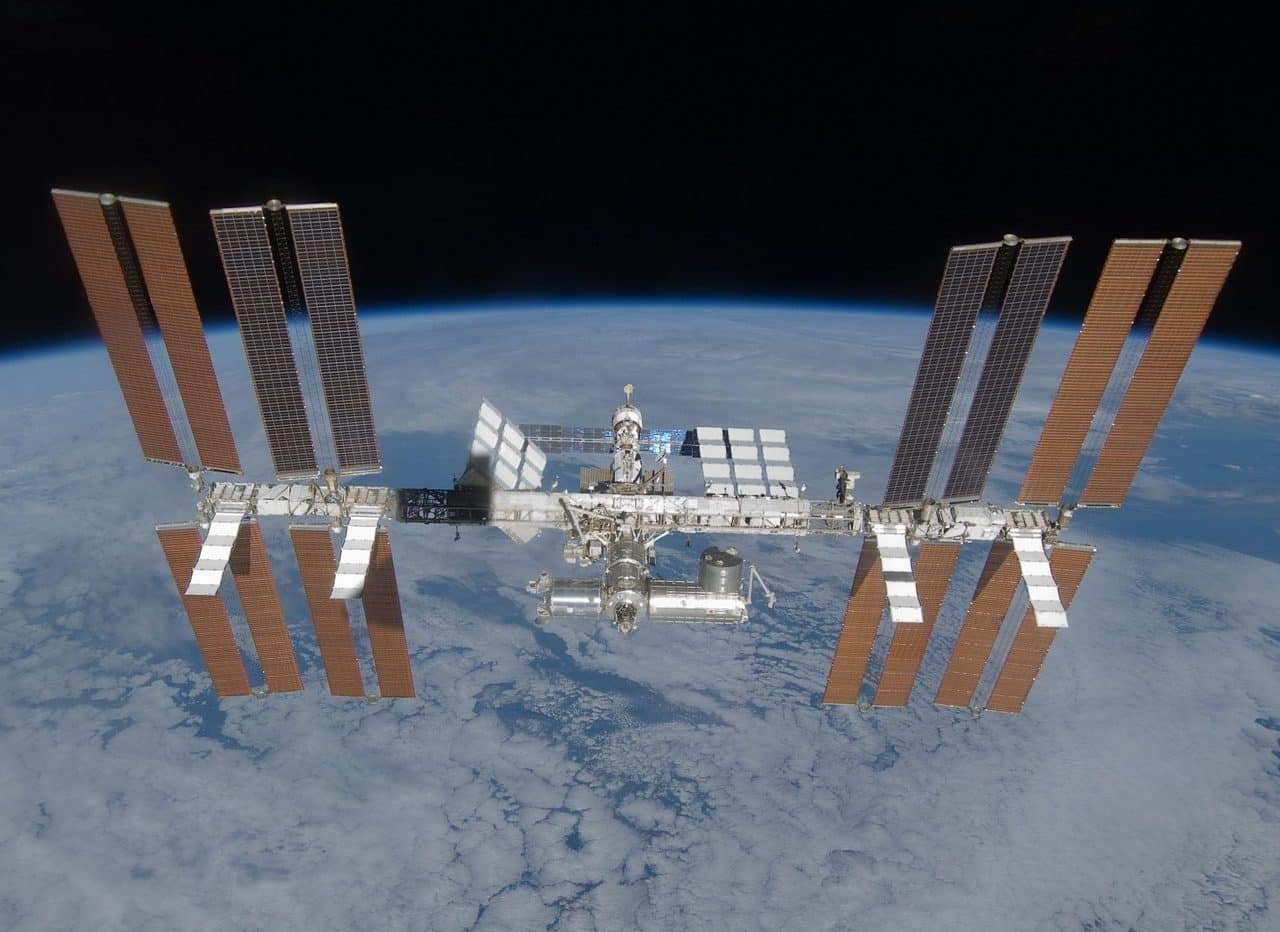
In the external areas of a space station, if security conditions are optimal, a spacewalk is usually carried out as part of a sample collection mission.
Space station is the name given to each structure or platform that is designed for research purposes and to house a laboratory module intended to carry out studies and experiments that are useful for multiple space vehicles .
It should be noted that space stations , throughout history , have been created for both civil and military purposes. In recent years there have been attempts to propose sketches of space stations conceived as cities to house many people in space. In this context, there were transcendences and agreements in pursuit of the development of a housing module that goes beyond pressurized accommodation designed for professional crew , but for the moment the ambitious possibility of moving permanently to the Moon or to other planets did not prosper.
Next, with the intention of contributing to the dissemination of relevant and enriching information in this regard, in addition to detailing how space stations have evolved, we will highlight attractive aspects and examples of this type of construction.
Origin and evolution of the space station
When analyzing files in search of data related to the origin and evolution of the space station, the figure of Edward Everett Hale comes to light. This American imagined an artificial satellite before 1869, describing in the story titled "The Brick Moon" the fabrication, in fiction, of a spherical space station , composed of bricks and more than sixty meters in diameter.
The ideas of a physicist of Soviet origin named Konstantín Tsiolkovski , meanwhile, served to conceive a ship with a retropropulsion system intended for space exploration . With that starting point it was possible, in real life, to put an artificial satellite into orbit and ensure that, for the first time, a human being could travel to outer space. The German Hermann Julius Oberth also made contributions linked to space inventions, including a space station .
Also key was the work of Herman Potočnik , a Slovenian astronautics expert who outlined in a book a space station with the appearance of a wheel with the capacity to rotate, a precise profile to carry out artificial gravity experiments .
It is even worth mentioning that during the Second World War, the concept of a space station related to a type of orbital weapon that German scientists had in mind achieved significant notoriety.
Wernher von Braun , the records say, was another designer of a spinning wheel-style space station , while many projects and programs were essential so that, over the years, different space stations were built and operational.

Decades of research, and the advancement of technology, allow engineers and other experts working for NASA to improve the design of each manned spacecraft and the protection of the spacesuit in order to enhance the safety and comfort they provide.
Examples
There are many examples of space stations that have been established in recent decades, as can be seen by tracing references from practice.
In low Earth orbit , to point out a specific case, thanks to the joint effort of the agencies NASA (National Aeronautics and Space Administration) , CSA/ASC (Canadian Space Agency) , ESA (European Space Agency) , JAXA (Japanese Agency) of Aerospace Exploration) and Roscosmos (Russian Federal Space Agency) the International Space Station (ISS) has been located. It is a huge artificial facility ideal for carrying out scientific experiments in microgravity . There are several pressurized habitable modules that make it up, as well as robotic arms , ports for space docking and solar panels , among other components.
Mir (Russian space station) and the American Skylab are other space stations that have achieved significance, as has the Tiangong Space Station .

A capsule called Boeing Starliner took astronauts to the International Space Station (ISS) but, due to technical problems, it was not possible to return them to Earth through it. It is estimated that they will be able to return to our planet in February 2025.
Interesting facts about space stations
Sometimes interesting data about space stations appears in the media.
This happened some time ago when an article was published focusing on Olga González-Sanabria , a scientist born in Puerto Rico who is highly valued, especially within NASA , for being the creator of long-life superbatteries that are essential to keep the planet in orbit. International Space Station .
The focus has also been put back on NASA 's actions following an announcement regarding what will be its most modern and innovative space station . The idea is that this brand new development, baptized as Gateway , is an ally of missions destined for Mars and the Moon . Its most notable module, which is undergoing exhaustive controls, is identified as Habitation and Logistics Outpost (HALO) and will consist of a series of scientific instruments available to astronauts, in addition to including a life support system , for example.
The Chinese mission aimed at the space station called Tiangong has not gone unnoticed by the press either. According to information reproduced worldwide, three crew members took off in a ship cataloged as Shenzhou-18 with the hope of arriving at the aforementioned space station and, among other activities, analyzing for several months whether an aquarium thrives (and under what conditions) with algae. and fish subjected to zero gravity .
